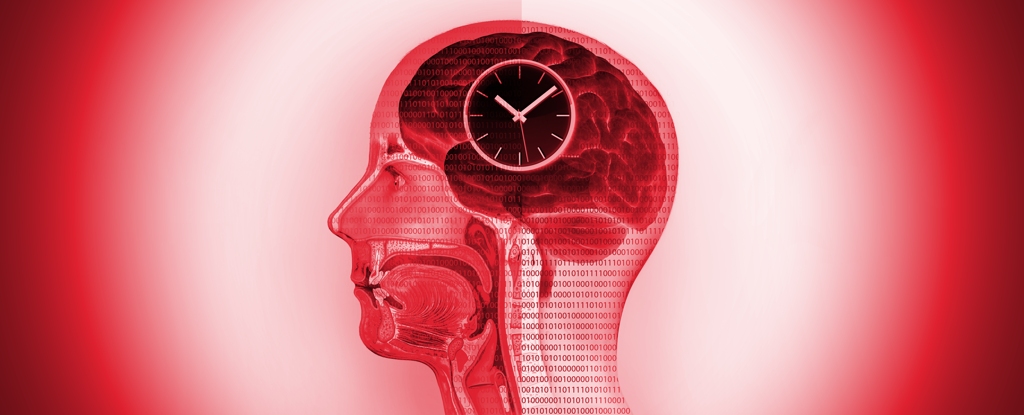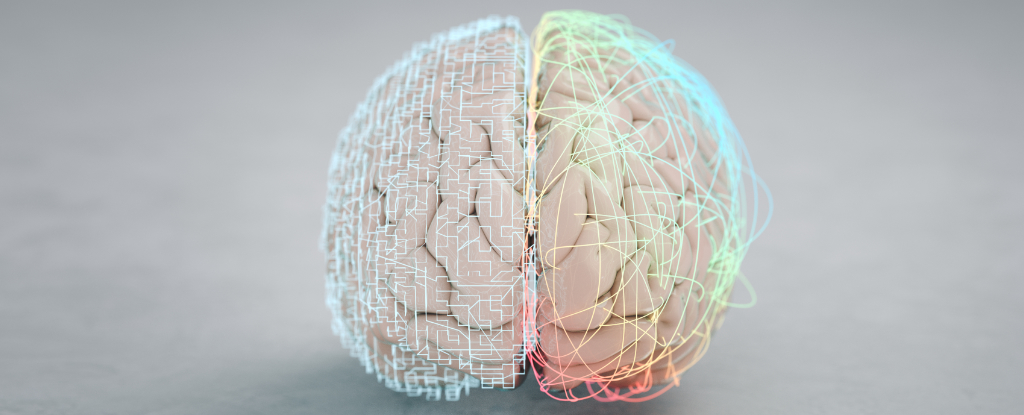We have several biological clocks keeping our bodies in sync internally and with the outside world – and two new studies show how these clocks combine to keep tissues functioning and to slow down the rate at which they age.
The research focuses on the central circadian clock – the core brain clock managed by the suprachiasmatic nucleus (SCN) – and the peripheral circadian clocks spread around the body, controlling the timing of cellular processes in organs, muscles, and skin.
As long as the central clock is communicating with a peripheral clock during the day, processes including DNA repair, mitochondrial activity (energy management), metabolism, and the natural cell cycle can be kept on track.
If these mechanisms can be explored in more detail and controlled to some extent, then it could be a significant step towards keeping parts of the body in better health for longer as we get older.
“Our study reveals that minimal interaction between only two tissue clocks, one central and the other peripheral, is needed to maintain optimal functioning of tissues like muscles and skin and to avoid their deterioration and aging,” says biologist Pura Muñoz-Cánoves, from the Pompeu Fabra University in Spain at the time of the research.
The research covers two complementary studies published simultaneously. The first, in Science, used experiments using mice to show how restoring the coordination between brain and muscle clocks protects against muscle wastage and loss of muscle strength and function.
In the second study, in Cell Stem Cell, the team looked at the circadian clock in the skin of mice. Again, this clock relied on the central clock to operate properly; without that regulation, functions like DNA replication happened at the wrong times.
The peripheral clocks do have some autonomy though, the research found: they can still keep track of 24-hour cycles, and manage a small fraction of cell functions. What’s more, restricting the feeding times of the mice to certain times of day in the absence of the brain clock was shown to help peripheral clocks to better manage on their own.
“It is fascinating to see how synchronization between the brain and peripheral circadian clocks plays a critical role in skin and muscle health, while peripheral clocks alone are autonomous in carrying out the most basic tissue functions,” says Aznar Benitah from the Institute for Research in Biomedicine Barcelona in Spain.
The circadian rhythms that play out in our bodies across 24 hours are key to most biological processes, including sleep and digestion. When they’re disrupted – with jet lag or night shifts, for instance – seriously negative health impacts can follow. Understanding this timekeeping is essential to understanding health.
While muscles, skin, and the central nervous system all wear down with advancing age, the researchers behind these two studies think that their work has the potential to help maintain physical performance later in life.
“The next step is to identify the signaling factors involved in this interaction, with potential therapeutic applications in mind,” says Muñoz-Cánoves.
The research has been published in Science and Cell Stem Cell.





